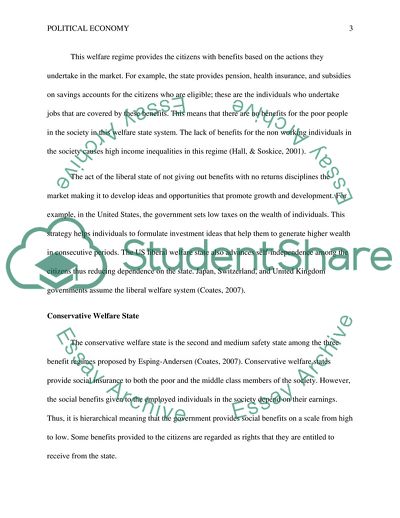Cite this document
(EsPing-Andersen Welfare State Assignment Example | Topics and Well Written Essays - 2750 words, n.d.)
EsPing-Andersen Welfare State Assignment Example | Topics and Well Written Essays - 2750 words. https://studentshare.org/politics/1879206-political-economy-final
EsPing-Andersen Welfare State Assignment Example | Topics and Well Written Essays - 2750 words. https://studentshare.org/politics/1879206-political-economy-final
(EsPing-Andersen Welfare State Assignment Example | Topics and Well Written Essays - 2750 Words)
EsPing-Andersen Welfare State Assignment Example | Topics and Well Written Essays - 2750 Words. https://studentshare.org/politics/1879206-political-economy-final.
EsPing-Andersen Welfare State Assignment Example | Topics and Well Written Essays - 2750 Words. https://studentshare.org/politics/1879206-political-economy-final.
“EsPing-Andersen Welfare State Assignment Example | Topics and Well Written Essays - 2750 Words”. https://studentshare.org/politics/1879206-political-economy-final.


